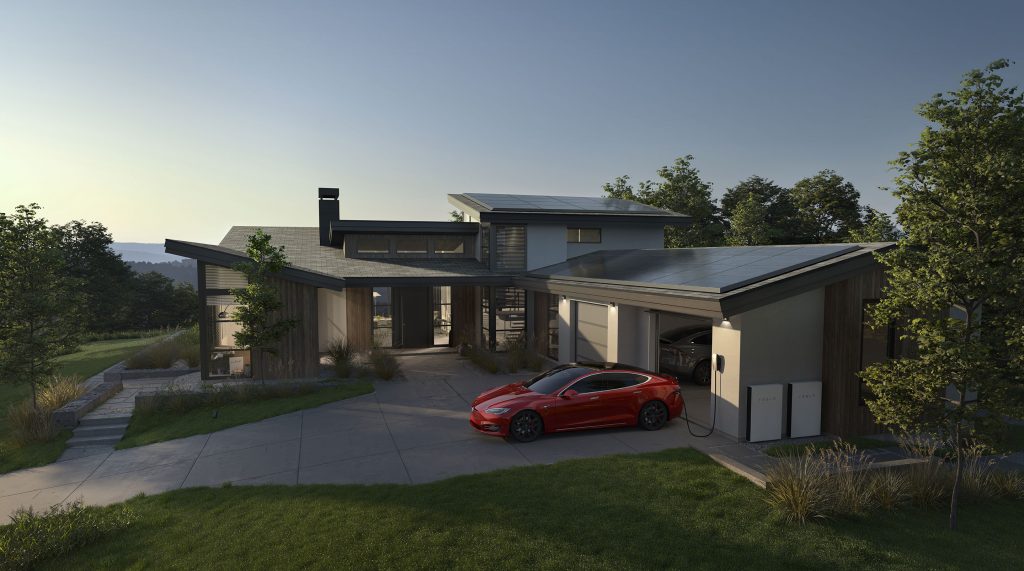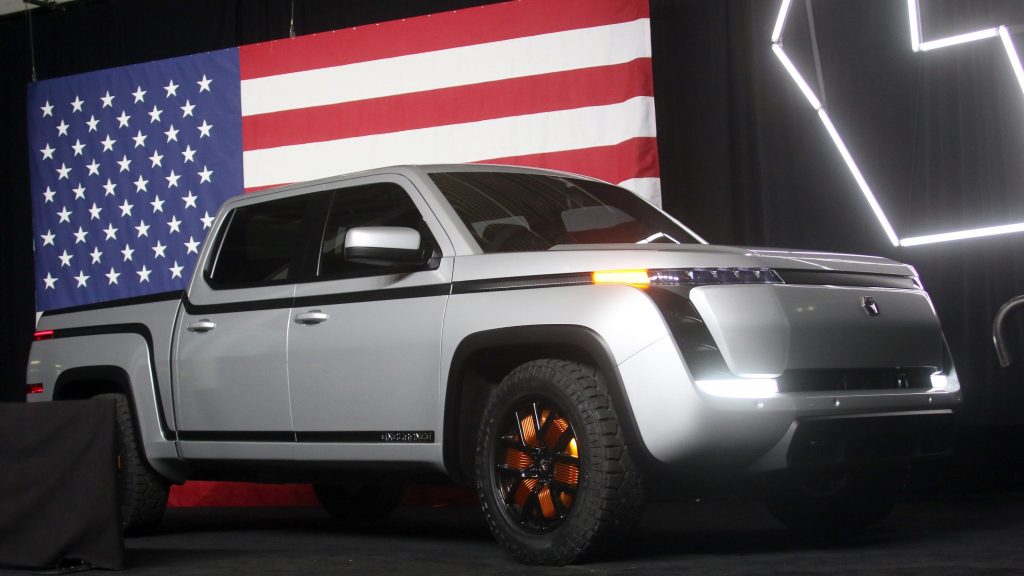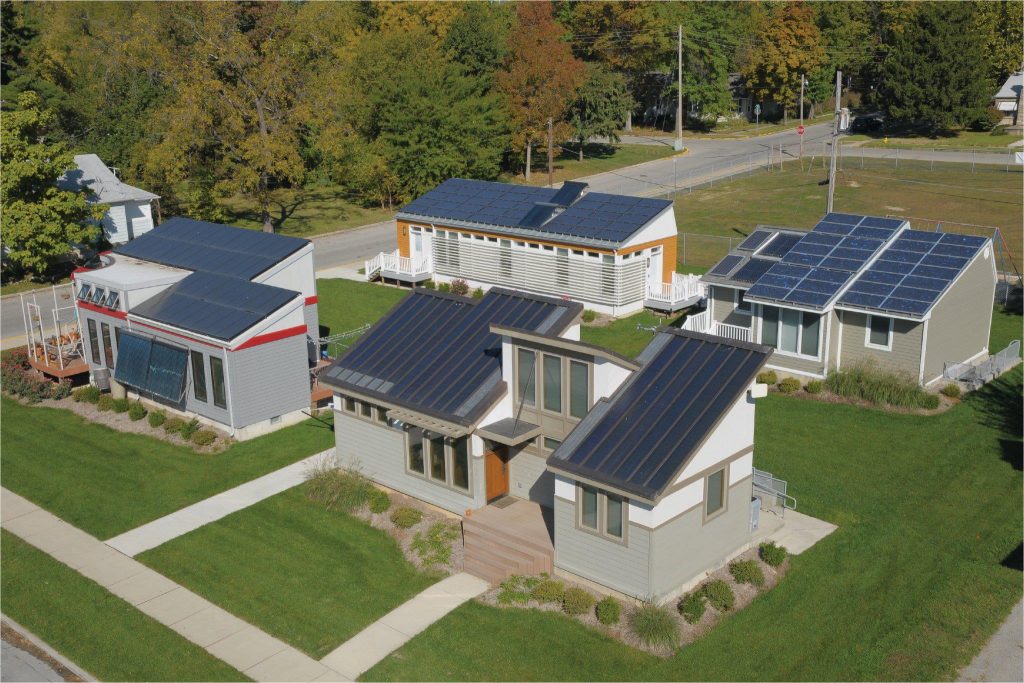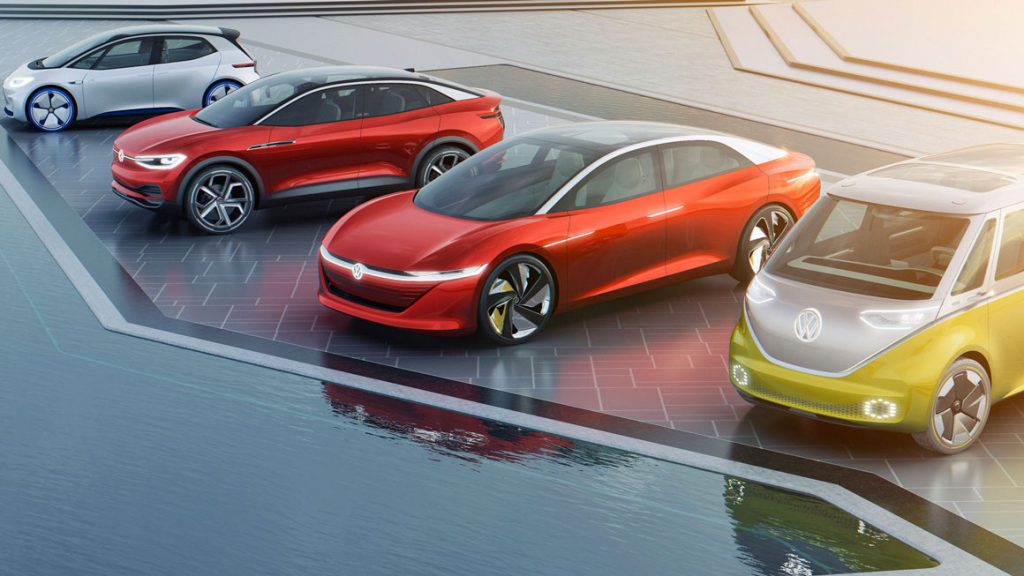To: The Impact Readers
Greetings 🧐
Progress is moving fast in the sustainability space and we are starting to see more capital than ever move into new startups and growing technologies that promise a cleaner future.
We are also nearly done writing up our initial findings on how thermostats play a key role in grid flexibility and in a modern grid. Stay tuned for our publishing in a few weeks time!
In Your Inbox: Another electric pickup truck; Tesla still trying to revive solar business; nanogrids and their role in grid modernization & more!

Via a blog post on June 19th, Tesla announced “the lowest-ever cost to go solar in the United States”. Claiming that it is a third of the cost of the industry average.
According to SEIA residential solar prices were around $2.83/Watt in the US. Whereas Tesla is claiming they are able to provide solar between $1.36/Watt [Large System] to $$1.89/Watt [Small System].
The reasoning provided by Tesla is because their sales & marketing costs have reduced by 64%. Their fixed size system & single click approach to solar have enabled this.
Tesla is killing their solar business and over promising
Solar is not a “one size fits all” type business. As is with anything in the construction/home improvement space every single project is different – which is why it is impossible to quote a single price for all homes.
This results in a few common issues reported by certified Tesla installers we spoke with:
The common occurrence is that a customer will sign up expecting one price and after engineering is done will receive a price change that is 50% to double the price they originally signed up for. Resulting the rapid loss of market share by Tesla’s solar business. Which is why we have seen the domination in the market by Sunrun. Solar isn’t an easy business to play in. Many companies have tried to provide similar “one-click” tools to drive in low cost leads, but solar is a relationship business not an online e-commerce business.

Honestly we couldn’t tell if this was a political rally hosted by Mike Pence or a launch event of an electric truck where basically the “specs” were – we will beat everyone to market.
Here are the specs we know today:
Why is Lordstown Still Interesting?
Because it’s not trying to be the Cybertruck, Badger or Rivian. It’s a modern pickup truck targeted perfectly at a market of people who just want to drive a new pick up truck. Not a fancy tech fueled vehicle with self driving capabilities or modern fuel sources like the badger. It is just an electric pickup truck.
Beyond the fact that there is a business case for what they are building we do have concerns around the topic of “brand loyalty”. With Ford, Toyota and Ram all pushing for Electric variants in the coming years we wonder if Lordstown will bring enough attention from those looking for a workhorse to break away from the big 3.
Being first to market isn’t always the one who sticks around. Rivian, Tesla and Nikola are all slated to release in 2021 as well all targeting small niches within the pickup truck market. It will be interesting to see if Lordstown’s not as exciting launch is a tell tale of how well they will do in the market.

Grid flexibility has become one of the hottest topics coming out of the microgrid development space. The residential space is one of the most important asset types for utilities as they make up most of an electric provider’s customer base and when aggregated provide huge amounts of load shaping potential.
Naturally many are jumping into this space. Ranging from companies like Span promising utilities the ability to access and control homeowner breakers autonomously and bigger giants like Eaton & Sunverge who are looking to fully digitize the breaker box and provide a comprehensive DERMS + Demand Response + Intelligent Breaker solution.
This doesn’t come at any surprise that technology has come this far – however much like the early smart phones developed in the 2000s that never garnered mainstream adoption we believe the approach and application of current residential “nanogrids” aren’t going to catch on.
Homeowner’s traditionally don’t want to give up comfort and control. All current players are attempting to remove control provided by smart home devices. However, the argument the utility makes is also valid.
For grid modernization to occur utilities and electric retailers require access and deep control over individual loads within the home in order to move to a more renewable and resilient posture throughout the grid.
Grid flexibility is necessary and we see this through demand response programs in California today – but even solutions like OhmConnect which has adopted roughly 100k users haven’t achieved the market penetration required for utilities to push microgrids.
The home is the most important load to control before microgrid and larger macrogrid projects can be enabled.

The current health crisis will impact the mobility space – there will be winners and losers in the space. Changes in air quality and EV adoption incentives and are the top reasons that EVs will come out of this on top.
Shelter in place guidelines have reduced the number of miles traveled by private vehicles, as well as overall industrial activity. As a result, we have seen cleaner air, with seeing the biggest changes in the most polluted regions. For instance, smog has disappeared in many urban areas in China. To maintain clearer skies, governments need to accelerate the deployment of EVs.
As regions start to reopen, people will be shifting from public transportation to private vehicle transportation. As vehicle sales start to ramp back up to pre-crisis levels, incentives should focus on clean vehicles. Clean vehicles incentives and unchanging emissions regulations will accelerate the adoption of EVs and help OEMs and suppliers recover their investment (and continue expanding in the space).
The EV market will continue to grow – the EV market size is expected to reach $802B by 2027 (in 2019 the market size was $162B). For instance, Columbus, Ohio has exceeded its EV adoption goals by securing grant funding and creating business partnerships with OEMs and employers. EV sales increased from being 0.4% to 1.8% of all cars sold. Vehicle trade-in programs will also help by removing ICE vehicles and incentivizing EV adoption. To see this transition, programs need to be created and deployed globally.
Liam of Nelumbo joined us a few weeks back to share how his company is combating climate change with new material innovation. Check out the episode and leave a comment with what you thought!
Develop your market map of up-and-coming climate startups and market opportunities by subscribing to our weekly newsletter for free.